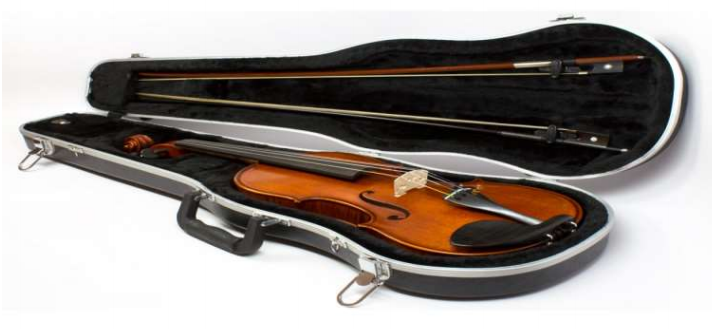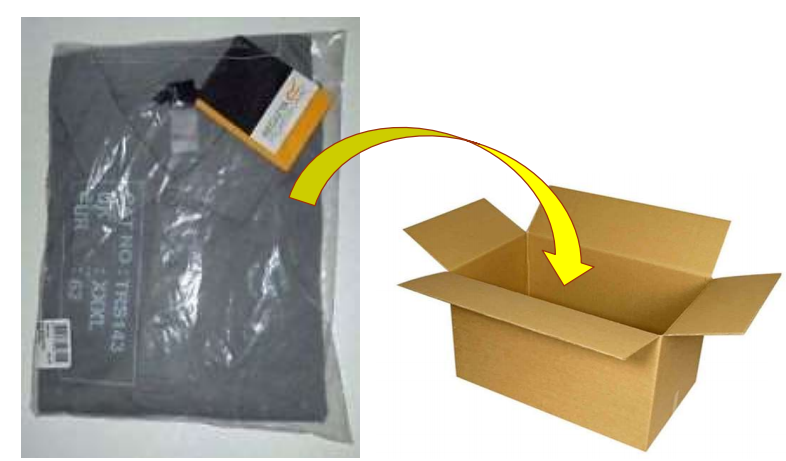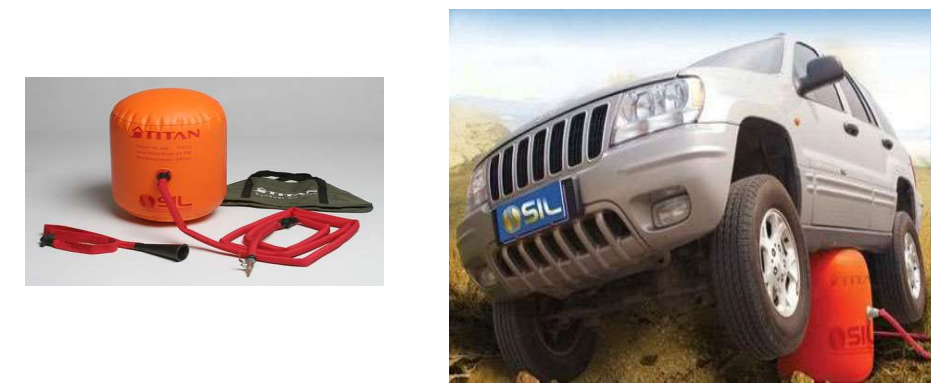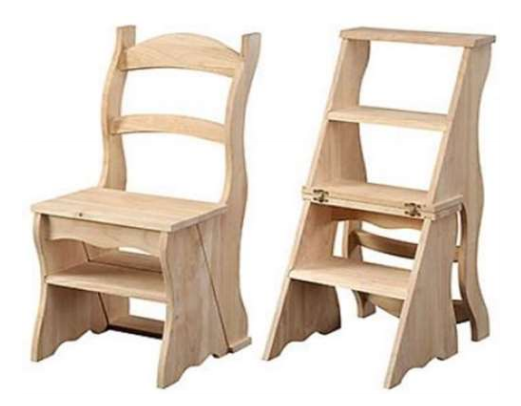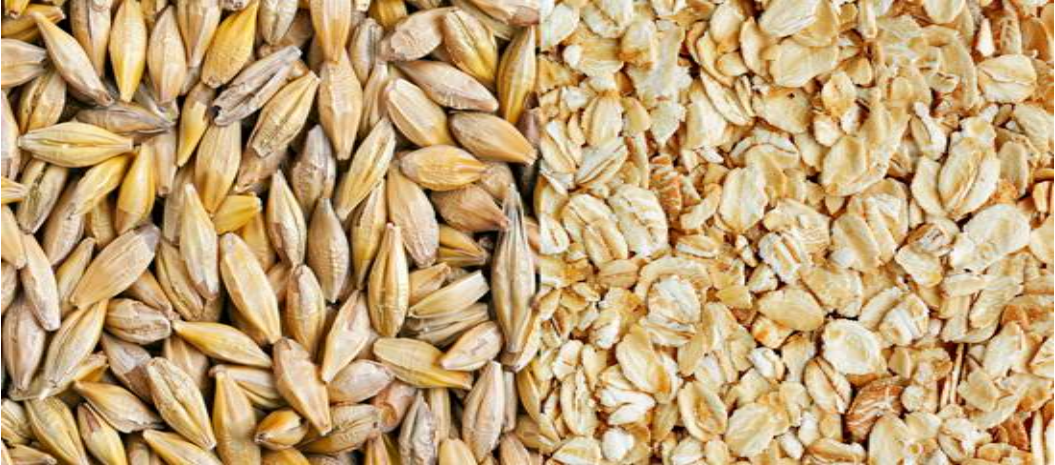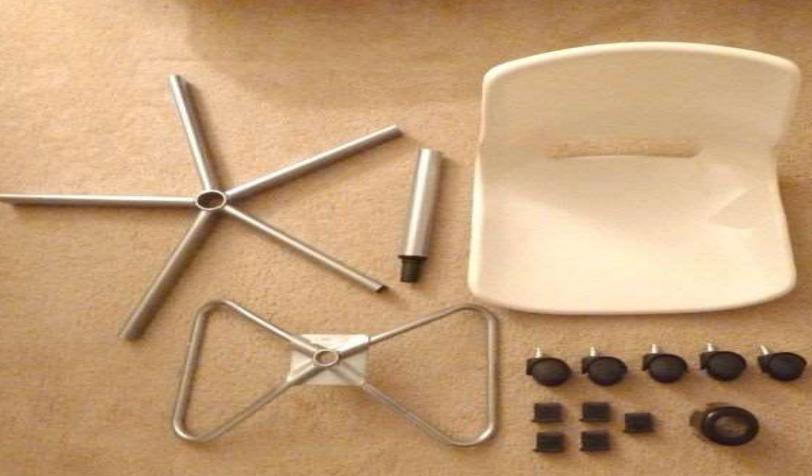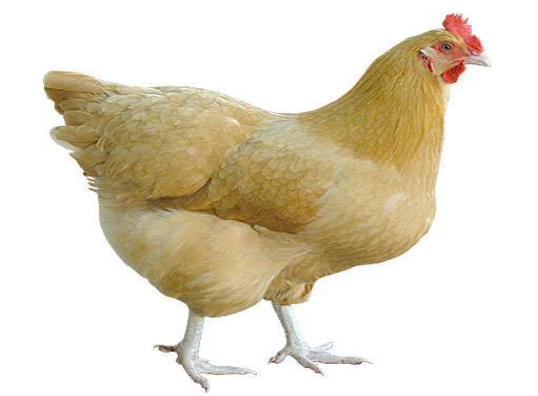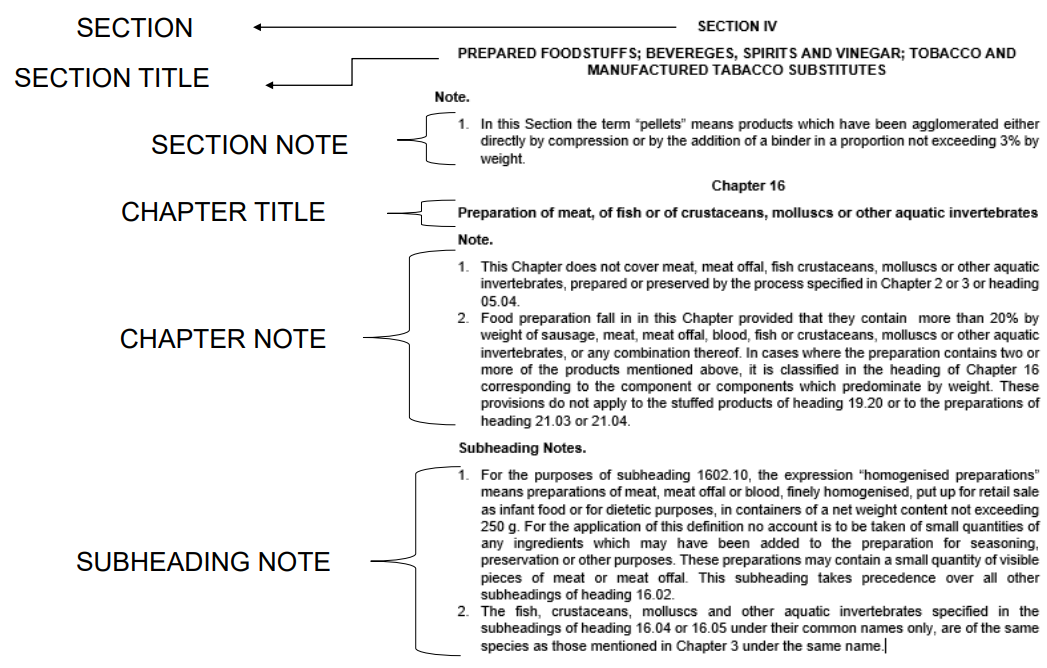Rule 6 Subheading rule
For legal purposes, the classification of goods in the
subheadings of a heading shall be determined
according to the terms of those subheadings and any
related Subheading Notes and, mutatis mutandis, to
the above Rules, on the understanding that only
subheadings at the same level are comparable. For the
purposes of this Rule the relative Section and Chapter
Notes also apply, unless the context otherwise requires.
GRI 6 is the last of the GRIs. It prescribes that, for legal purposes, GRIs 1 to 5 govern,
mutatis mutandis (or with the necessary changes), classification at subheading levels
within the same heading. Or, in other words, GRIs 1 to 5 are to be reapplied to
determine the classification of goods at the subheading level. Goods are to be classified
at equal subheading levels (that is, at the same digit level) within the same heading
under the subheading that most specifically describes or identifies them (or as
otherwise required or directed under GRIs 1 to 5). Only subheadings at the same level
within the same heading are comparable (i.e., no consideration should be given to the
terms of any subheading within another subheading when considering the proper
classification of merchandise at the higher level subheading).
EXAMPLE 1: A framed glass mirror is found to be classified in heading
7009. Thereafter, it would have to be classified within the subheading
structure of that heading by application of GRIs 1 to 5 pursuant to GRI 6:
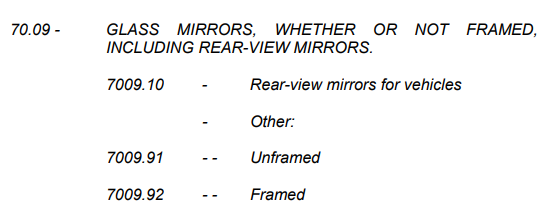
Initially, a determination would need to be made as to whether the framed
glass mirror is classified at the 5-digit (or “one-dash”) subheading level in
5-digit subheading 7009.1 (“rear-view mirrors for vehicles”) or in 5-digit
subheading 7009.9 (“other”). If the product is found to be classified in 5-
digit subheading 7009.1 (as a rear-view mirror for a vehicle), then the
classification analysis would end there and the product would be classified
in subheading 7009.10 (as 5-digit subheading 7009.1 is not further
subdivided). In the instant case, the framed glass mirror does not satisfy
the article description for 5-digit subheading 7009.1. Therefore, the
product would be classified at the 5-digit subheading level in 5-digit
subheading 7009.9 (as a glass mirror other than a rear-view mirror for a
vehicle). Next, a determination would have to be made as to whether the
product is classified at the 6-digit (or “two-dash”) subheading level within
5-digit subheading 7009.9 in 6-digit subheading 7009.91 (as an unframed
glass mirror other than a rear-view mirror for a vehicle) or in 6-digit
subheading 7009.92 (as a framed glass mirror other than a rear-view
mirror for a vehicle). The framed glass mirror would be classified in
subheading 7009.92 by application of GRI 1 pursuant to GRI 6.
EXAMPLE 2: A set consisting of a shovel, fork, and pick for use in
gardening would be classified in heading 8201 as each article is
specifically provided for in the terms to that heading. Within heading
8201, shovels are provided for in subheading 8201.10, forks in
subheading 8201.20, and picks in subheading 8201.30. Consequently,
one would need to resort to GRI 3 pursuant to GRI 6 in order to classify
the set at the subheading level within heading 8201. That is, one would
need to determine which of the three articles imparts the essential
character to the set pursuant to GRI 3 (b). If no one article is found to
impart the essential character to the set, then one would classify the set
under subheading 8201.30 because the subheading number for that
article occurs last in numerical order as provided for in GRI 3 (c).
As evident from the above discussion, the GRIs provide that goods must first be
classified by heading level, and only after the appropriate heading has been
determined, then by equal subheading levels (first by five-digit and then by six-digit
international levels) within that heading. When considering the appropriate
classification at a particular subheading level, no consideration should be given to any
of the terms of any lower-level subheading (as the analysis at each subheading level
should be conducted without consideration of the terms of any lower-level subheading
provision). This step-by-step analysis applies without exception throughout the
Harmonized System (and throughout any national subheading levels as found in a
particular country’s Harmonized System-based tariff system).
EXPLANATORY NOTE for RULE 6
(I) Rules 1 to 5 above govern, mutatis mutandis, classification at subheading
levels within the same heading.
(II)For the purposes of Rule 6, the following
expressions have the meanings hereby assigned to them :
(a) “subheadings at the same level” : one-dash subheadings (level 1) or
two-dash subheadings (level 2).
Thus, when considering the relative merits of two or more one-dash
subheadings within a single heading in the context of Rule 3 (a),
their specificity or kinship m relation to a given article is to be assessed
solely on the basis of the texts of the competing one-dash subheadings.
When the one-dash subheading that is most specific has been chosen
and when that subheading is itself subdivided, then, and only then,
shall the texts of the two-dash subheadings be taken into consideration
for determining which two-dash subheading should be selected.
(b)”unless the context otherwise requires” : except where Section or
Chapter Notes are incompatible with subheading texts or Subheading
Notes. This occurs, for example, in Chapter 71 where the scope assigned
to the term “platinum” in Chapter Note 4 (B) differs from that assigned to
“platinum” in Subheading Note 2. For the purpose of interpreting
subheadings ‘7110.11 and 7110.19, therefore, Subheading Note 2 applies
and Chapter Note 4 (B) is to be disregarded.
(III)The scope of a two-dash subheading shall not extend beyond that of the
one-dash subheading to which the two-dash subheading belongs; and the
scope of a one-dash subheading shall not extend beyond that of the heading
to which the one-dash subheading belongs.
